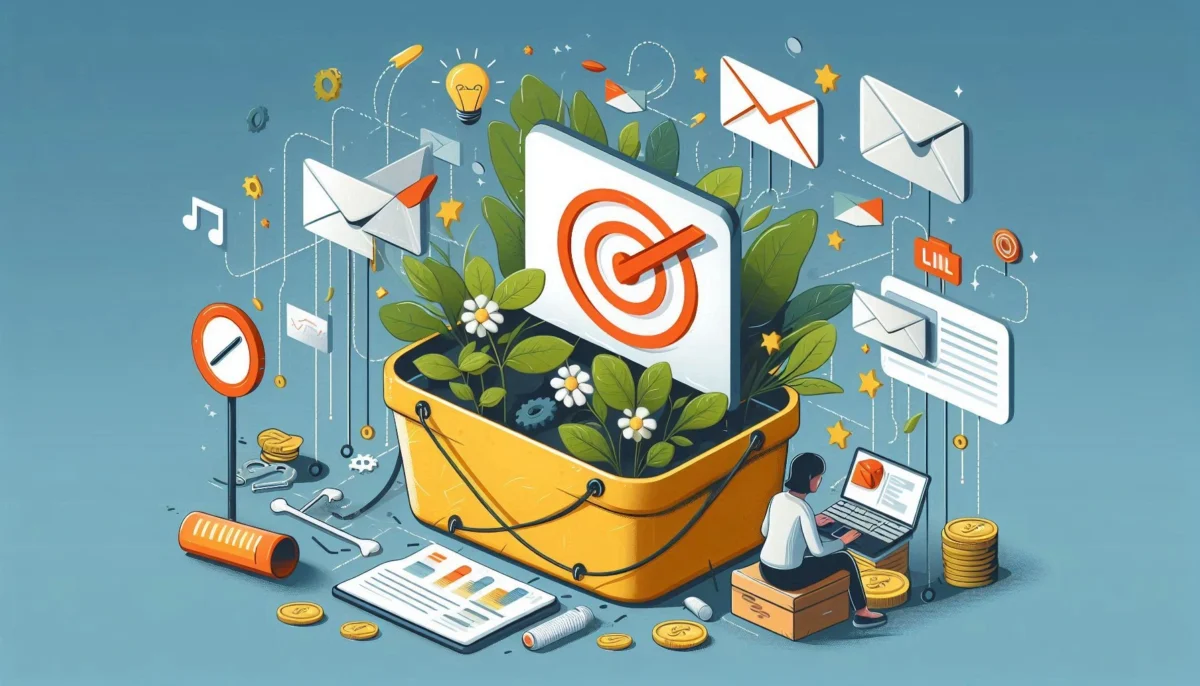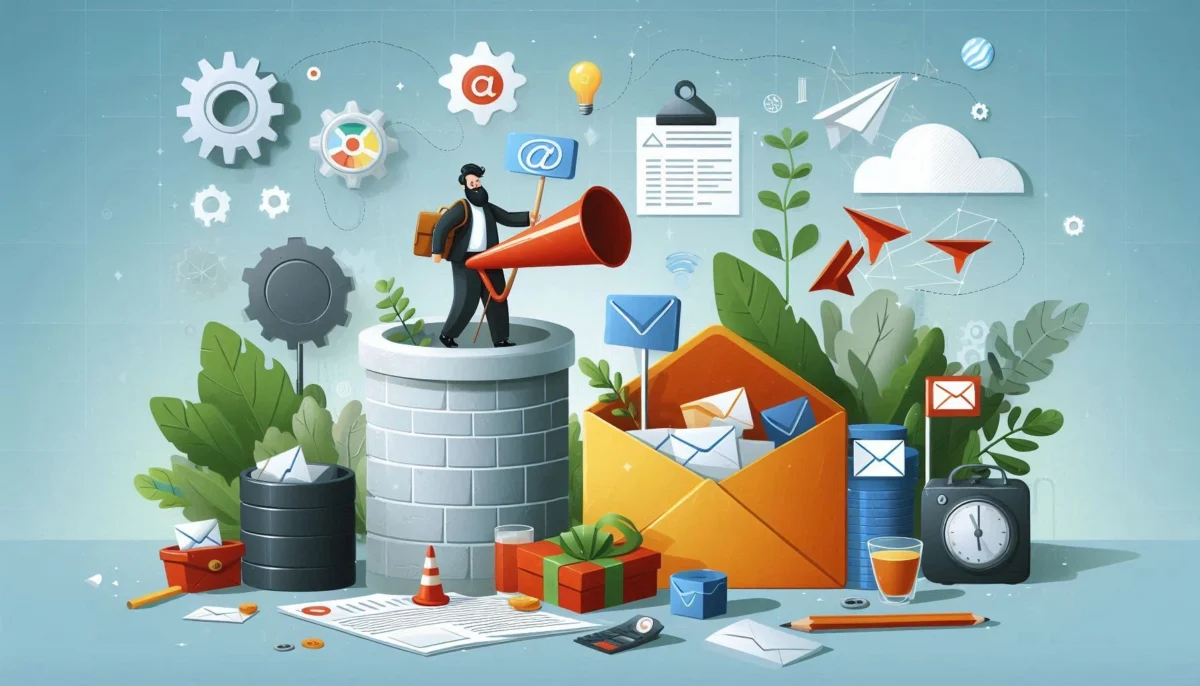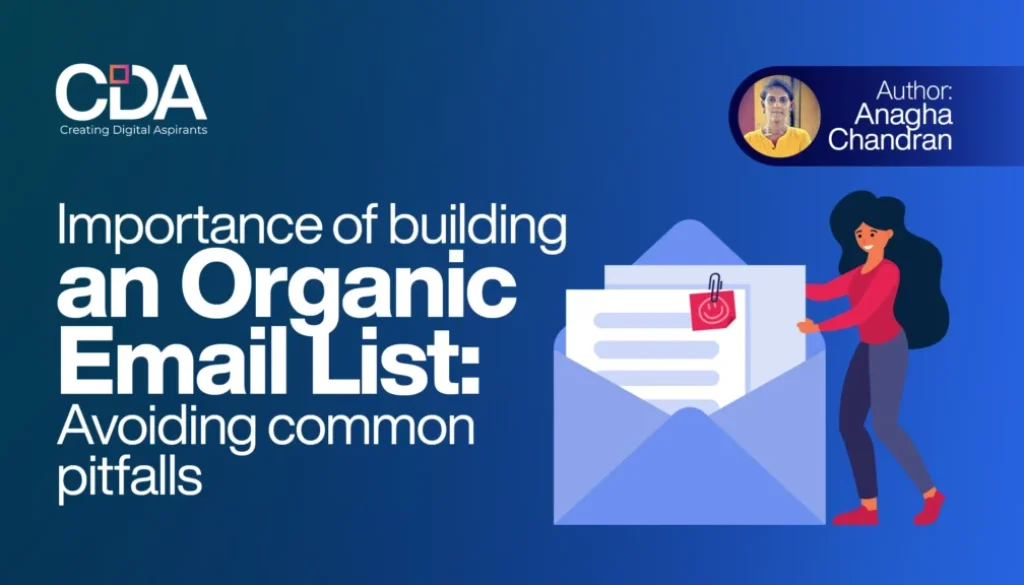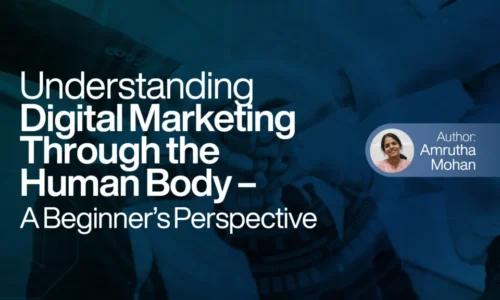Importance of Building an Organic Email list: Avoiding Common Pitfalls
In today’s digital landscape, a strong and authentic brand voice is essential for businesses seeking to connect with their audience on social media. An authentic voice not only enhances brand recognition but also fosters trust and loyalty among followers. Here’s a comprehensive guide to building an authentic brand voice that resonates with your audience and stands out in a crowded marketplace
Table of Contents

1.The Danger of Purchasing an Email List
Buying an email list might seem like a quick way to expand your reach, but the repercussions can be costly. When marketers purchase a list, they are sending messages to individuals who never opted to several problems:
Low Engagement Rates: Since recipients never showed interest in your brand, they are less likely to engage with your emails. Low engagement rates negatively impact your email campaign performance.
Damage to Sender Reputation: Email service providers track your sending reputation. A high volume of non-engaged recipients can lead to higher bounce rates and spam complaints, damaging your sender reputation. This can result in your future emails landing in spam folders rather than the inbox.
Legal Risks: Various laws, such as the GDPR and CAN-SPAM Act, impose strict regulations on email marketing. Purchasing lists could inadvertently lead to violations, with fines and penalties as consequences.
Instead of buying lists, focus on building an organic email list of subscribers who are genuinely interested in your offerings. Use sign-up forms on your website, offer valuable content, and run social media campaigns to attract potential leads.
2. All-image Emails and Spam Filters
Another common mistake marketers make is creating emails that are entirely image-based. While images can enhance the visual appeal of an email, relying solely on them comes with several risks:
Spam Filter Triggers: Many email providers’ spam filters are trained to flag emails that contain large images and little to no text. These filters may assume the email kis suspicious, leading it to be marked as spam.
Rendering Issues: Different email clients may not load images by default. If your email doesn’t contain any text, recipients may open a blank or poorly formatted message. This not only diminishes the impact of your campaign but also frustrates your subscribers.
To avoid these pitfalls, use a balanced mix of text and images in your emails.Ensure your message is still clearing the images don’t load, and always include alt-text descriptions for your images.
3. The ‘Batch and Blast’ Method: Why Personalization Matters
Many marketers still rely on the “batch and blast” method, which sends the same generic email to every subscriber on the list. While this approach saves time, it often leads to :
Higher Unsubscribe Rates: When recipients receive irrelevant or impersonal content, they are more likely to opt out of future communications.
Lower Open Rates: Without personalization, your emails lack the specific relevance that drives opens and clicks. People are more likely to ignore emails that don’t cater to their individual needs or interests.
To improve the effectiveness of your email campaigns, adopt segmentation and personalization strategies. Segment your email list based on factors like location, purchasing behaviour, or engagement levels. Tailor the content to each email to fit the interests and preferences of each segment, making it more likely that they’ll engage with your messages.

4. Offering Opt-Down Options
Not every subscriber wants to receive your emails at the same frequency. Some may prefer weekly updates, while others only want to hear from you once a month. Offering an opt-down option – allowing subscribers to choose how often they receive emails – can help reduce unsubscribes and improve retention.
This approach respects the preferences of your audience and gives them control over their inbox experience. By allowing them to scale back rather than unsubscribe entirely, you maintain the relationship and avoid losing valuable subscribers.
5. Key Strategies for Effective Email Marketing
Building a successful email marketing strategy takes time and effort, but focusing on personalization, segmentation, and respecting subscriber preferences is key. Some tips to improve your email marketing results include:
Personalization: Use the recipient’s name and tailor the content to their needs and behaviours
Segmentation: Group your email list into different segments based on demographic or behavioural data, and send targeted emails that speak to each segment’s interests.
Opt-Down Options: Give subscribers the ability to control how often they hear from you, reducing the chances of unsubscribers.
Test and Optimise: Run A/B tests on subject lines, email content, and sending times to continually optimise your campaigns for better engagement.
Conclusion
In today’s competitive digital landscape, email marketing can be a powerful tool if executed correctly. Avoiding pitfalls like buying email lists, using all-image emails, and relying on the batch-and-blast method is essential for success. Instead, focus on building an organic list, prioritising personalization, and giving subscribers the control they want over their experience with your brand. By taking these steps, you’ll not only improve engagement rates but also build a lasting, positive relationship with your audience



